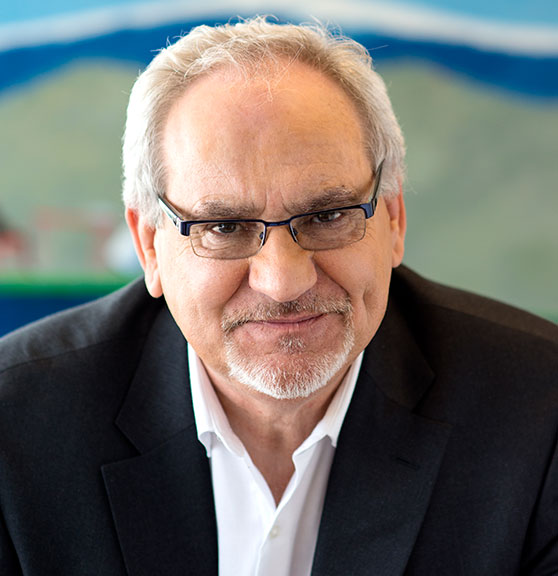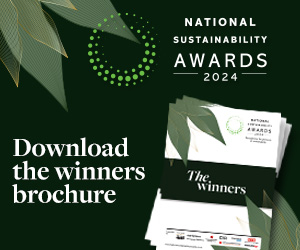Impact investing continues to attract investors in spite of the global recession caused by the COVID-19 pandemic.
Impact investing, however, remains relatively small, with a market size of up to $2.1tr according to a new report, Growing Impact—New Insights into the Practice of Impact Investing by IFC, a member of the World Bank Group. This means that the market is meeting only about 10 per cent of the demand, estimated at $26tr.
“There is increasing demand for more responsible capitalism. The current crisis is casting a harsh lens on inequalities and the importance of sustainability and could accelerate the demand for investments in jobs, gender equality, and environmental protection. These core values can ensure continued long-term financial performance,” said Philippe Le Houérou, CEO of IFC.
IFC predict that in the years ahead, impact investing will face strong headwinds in the shape of tighter liquidity conditions, an aversion for risk and widespread economic disruption, all of which will threaten the viability of many impactful firms.
One year after the introduction of the Operating Principles for Impact Management – which provide a distinct line between impact investing and other forms of sustainable and responsible investing - the report also provides an update on signatories to the initiative. In total, 97 investors have signed up to the Operating Principles, with 19 investors coming on board this year, for a total of 39 new signatories since the initiative was launched in April 2019.
The signatories are diverse, coming from 26 different countries across five continents, with recent endorsements from investors in countries such as Mexico, Japan, and the United Arab Emirates. Newcomers also include large asset managers such as BlackRock.
Significantly, according to the reportt, impact funds seem to have a greater focus on investing in emerging markets than other funds: 30 per cent of the volume of impact funds was raised for projects in emerging markets, compared with 20 per cent for conventional funds. The largest percentage invests in financial inclusion, followed by green or sustainable technology and products, energy or energy efficiency, and agriculture and food processing.
Latest News
-
Sainsbury’s links up with Comic Relief for festive recipe campaign
-
Shepherd Neame extends air ambulance charity partnership
-
Businesses help festive match funder raise a record £57.4m
-
Firms help fund regional mayors' initiatives to tackle childhood inequality
-
Retailer raises more than £16,000 for Down’s Syndrome group
-
Snacks firm staff to donate £75,000 to charities
© 2019 Perspective Publishing Privacy & Cookies







Recent Stories